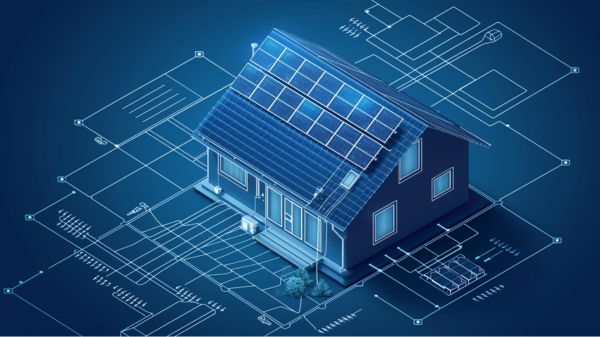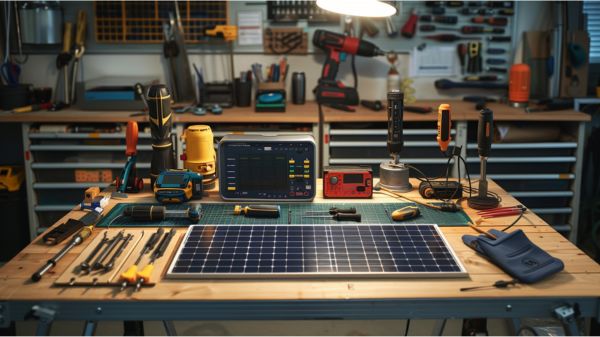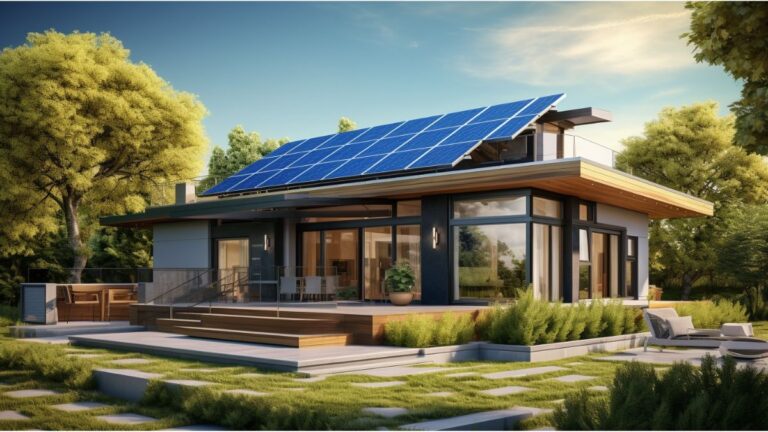Optimizing Solar Energy Output: A Step-by-Step Guide
Are you ready to take your solar energy system to the next level?
In this step-by-step guide, we’ll show you how to optimize your solar energy output like a pro.
With our precise instructions and expert tips, you’ll learn how to assess the perfect placement for your solar panels, optimize their tilt for maximum efficiency, and enhance sunlight exposure.
Get ready to belong to a community of solar energy enthusiasts who are making the most out of their system.
Let’s get started!
Key Takeaways
- Assess the property’s sun exposure throughout the day and analyze shading patterns to identify potential obstructions that cast shadows on panels.
- Consider the impact of weather patterns, such as cloud cover or fog, on sunlight exposure and find the best location for panels to maximize energy output and reduce costs.
- Evaluate the optimal tilt angle based on sun exposure and consider using solar tracking technology to ensure maximum exposure to sunlight and increased energy production.
- Regularly clean panels, minimize shading by trimming branches, and properly align panels to face the sun throughout the year to maximize solar panel efficiency.
Assessing Solar Panel Placement
To assess the optimal placement for your solar panels, start by evaluating your property’s sun exposure throughout the day.
This includes evaluating shading patterns and analyzing weather patterns. By understanding how the sun moves across your property and identifying potential obstructions, you can determine the areas with the highest sun exposure.
Look for any objects such as trees, buildings, or other structures that may cast shadows on your panels during the day.
Additionally, consider the impact of weather patterns such as cloud cover or fog, as they can affect the amount of sunlight your panels receive.
Evaluating shading patterns and analyzing weather patterns will help you find the best location for your solar panels, maximizing their energy output and ultimately reducing your energy costs.
Optimizing Solar Panel Tilt
Evaluate the optimal tilt angle for your solar panels based on your property’s sun exposure and maximize their energy output.
The angle at which your solar panels are tilted can significantly impact their efficiency. To determine the best solar panel angle, you need to consider the latitude of your location and the sun’s position throughout the year.
For fixed solar panels, a general rule of thumb is to set the angle equal to your latitude. However, this fixed angle may not always yield the highest energy output.
Another option is to use solar tracking technology, which allows the panels to follow the sun’s movement throughout the day. This technology adjusts the tilt angle automatically, ensuring maximum exposure to sunlight and increased energy production.
Enhancing Sunlight Exposure
Maximize the sunlight exposure of your solar panels by employing effective strategies.
One way to enhance sunlight exposure is through sunlight tracking. By installing solar panel tracking systems, you can ensure that your panels are always facing the sun, maximizing their energy production. These systems use sensors and motors to adjust the angle and position of the panels throughout the day, following the sun’s trajectory.
Another strategy to consider is minimizing solar panel shading. Shading can significantly reduce the energy output of your solar panels, so it’s important to identify and mitigate any sources of shading. Trim trees or bushes that cast shadows on your panels, and ensure that nearby buildings or structures don’t obstruct sunlight.
Maximizing Solar Panel Efficiency
Improve the efficiency of your solar panels by implementing these key strategies:
- Regularly clean your solar panels: Dust, dirt, and debris can accumulate on the surface of your solar panels, reducing their efficiency. Regular cleaning helps to maintain optimal performance. Use a soft brush or sponge and a mild cleaning solution to gently remove any dirt or grime.
- Minimize solar panel shading: Shading can significantly impact the output of your solar panels. Trim back any overhanging branches or remove nearby obstructions that cast shadows on your panels. Additionally, consider the positioning of your panels to maximize exposure to direct sunlight throughout the day.
- Monitor and optimize panel orientation: Ensure that your solar panels are properly aligned to face the sun. Throughout the year, the angle of the sun changes, so adjusting the tilt and orientation of your panels can enhance their efficiency. Use solar tracking systems or consult with a professional to determine the ideal positioning for your panels.
Monitoring and Maintaining Solar Power System
To ensure optimal performance, regularly monitor and maintain your solar power system. Proper solar panel maintenance is crucial to maximizing energy output and extending the lifespan of your system.
Start by visually inspecting your panels for any signs of damage or debris. Clean the panels regularly using a soft brush or sponge and mild detergent to remove dirt, dust, and grime.
Pay attention to the connectors, cables, and inverters, ensuring they’re in good condition and securely connected.
Additionally, regularly check the performance of your solar system by monitoring the energy production levels and comparing them to the expected output. Troubleshooting any issues promptly can help prevent potential problems and ensure your solar power system continues to operate efficiently.
Conclusion
In conclusion, optimizing solar energy output is crucial for maximizing efficiency and reducing costs. By carefully assessing solar panel placement, optimizing tilt, enhancing sunlight exposure, and regularly monitoring and maintaining the system, you can significantly increase your solar energy production.
Did you know that every 1 kilowatt of solar energy produced can reduce CO2 emissions by approximately 2,500 pounds per year? This staggering statistic highlights the environmental impact and potential benefits of harnessing solar power.






